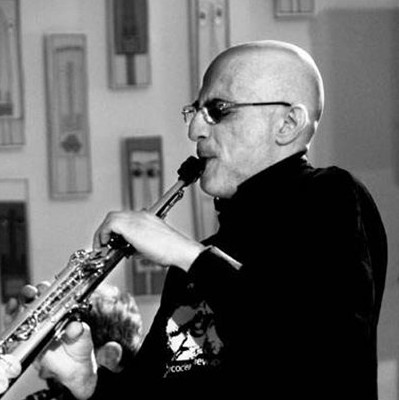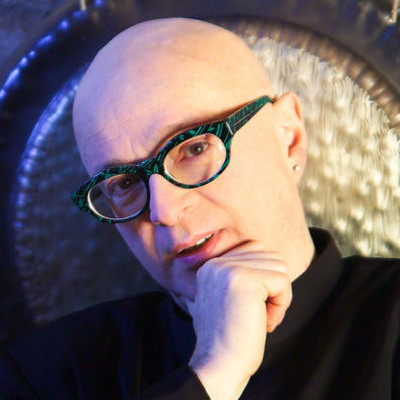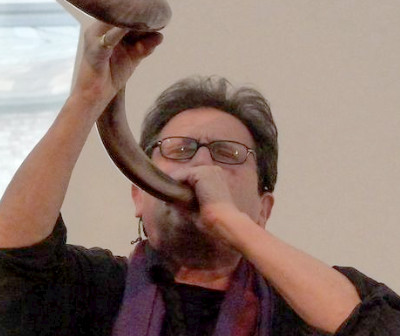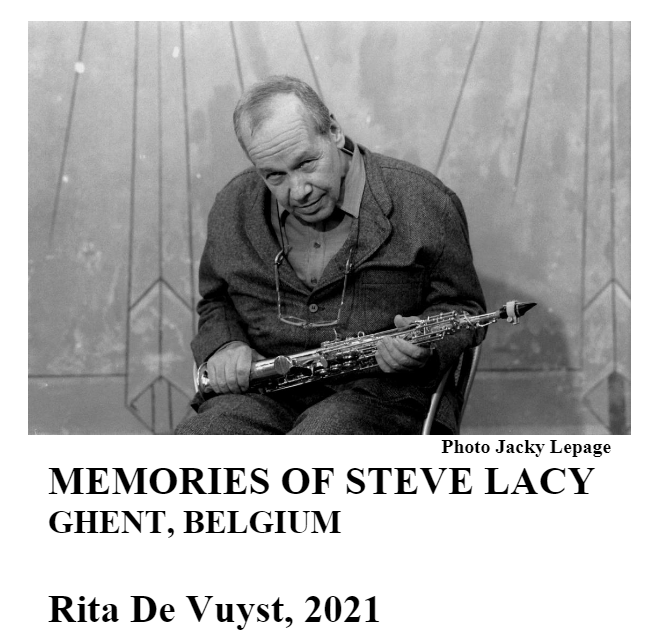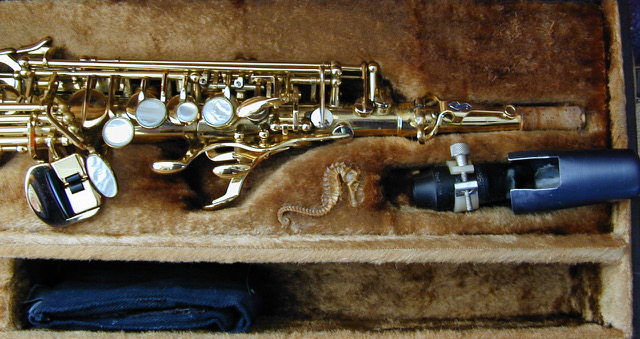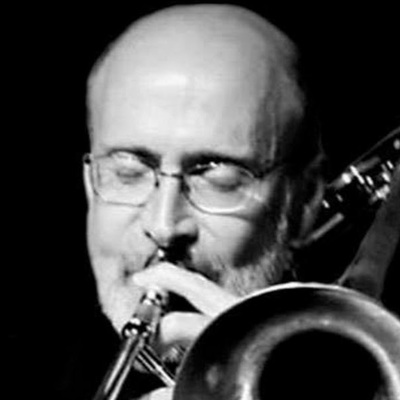About this project
The website is non-profit. The use of materials contained in this website is granted by the Contributors solely for the purpose of viewing within the site. The rights and ownership of the contents remain with the respective Contributors. Any use other than as specified requires the explicit consent of the rights Holders.
Testimonials
Whether you're a fellow musician, a dedicated fan, or a scholar of his work, your voice is welcome here. Contribute your unique perspective to this collective remembrance of Steve Lacy.
Feel free to contact us

